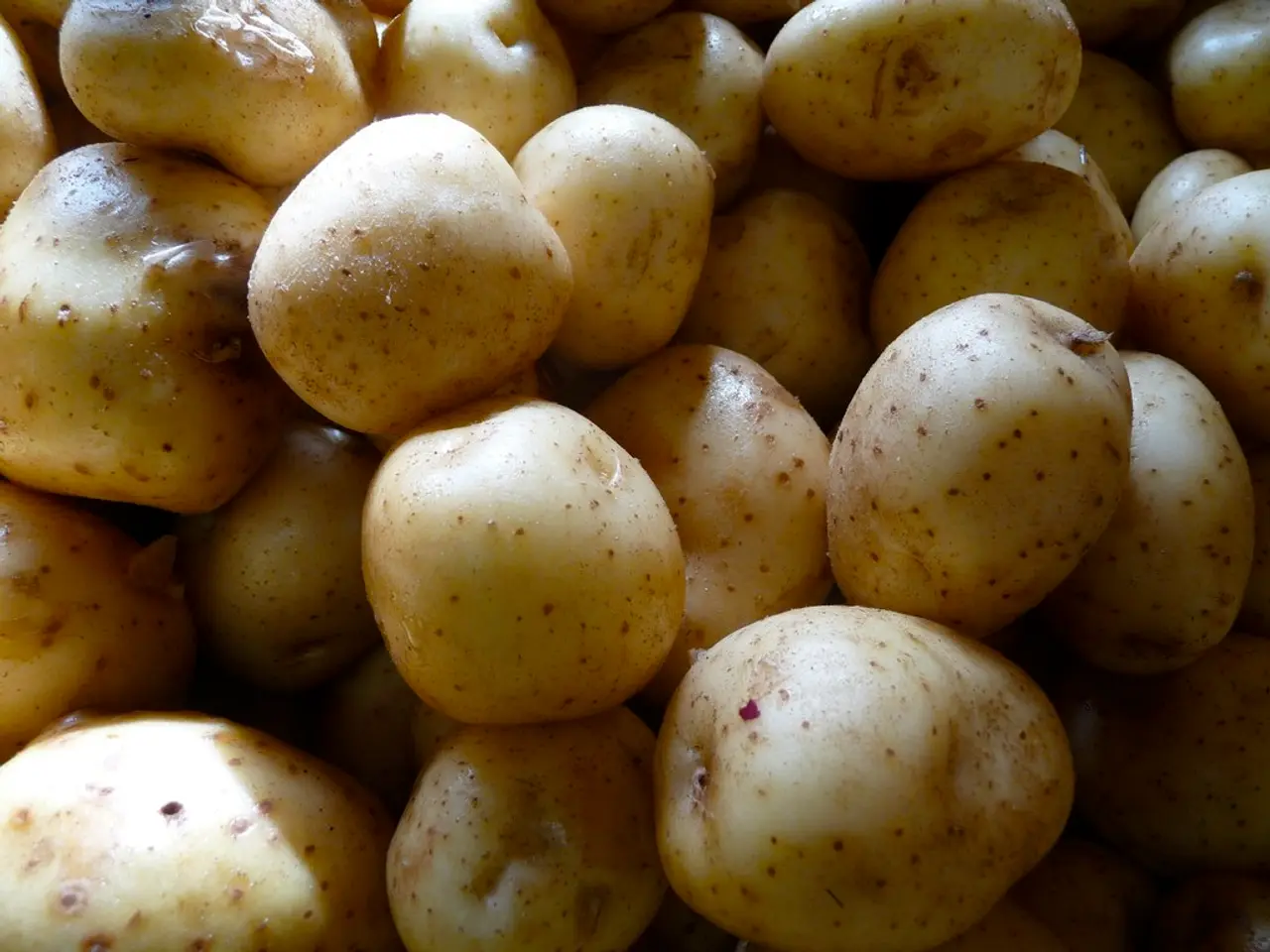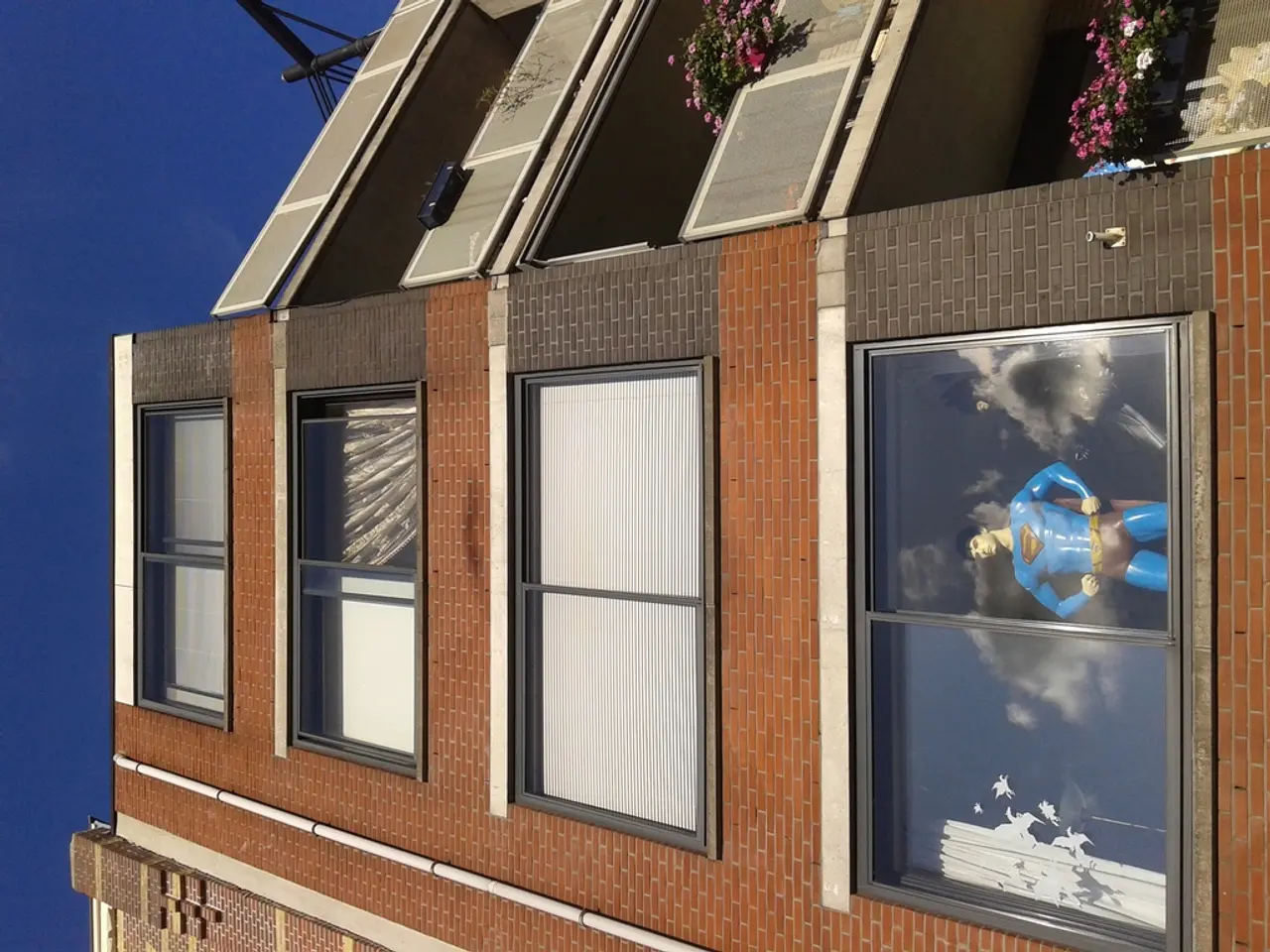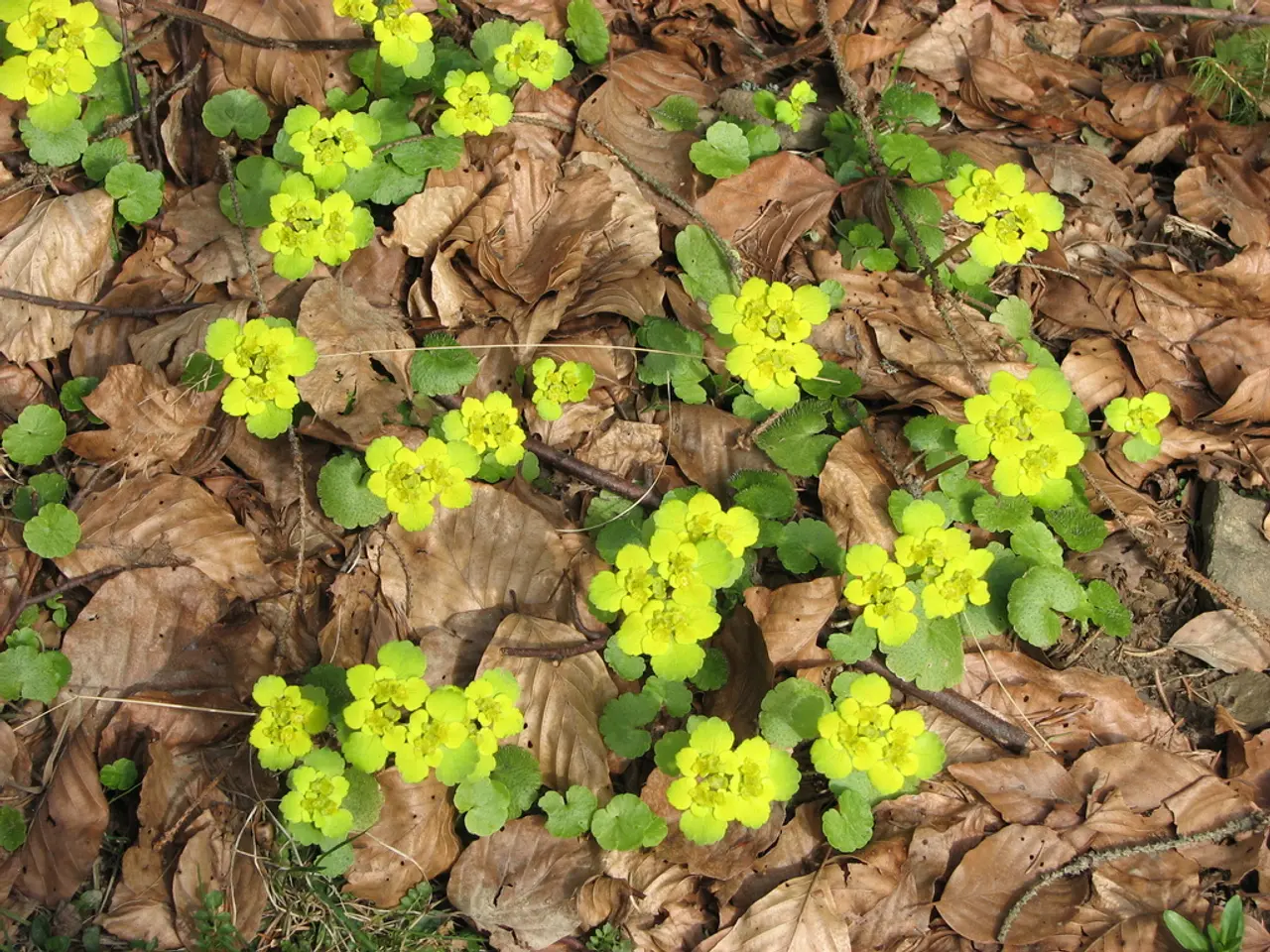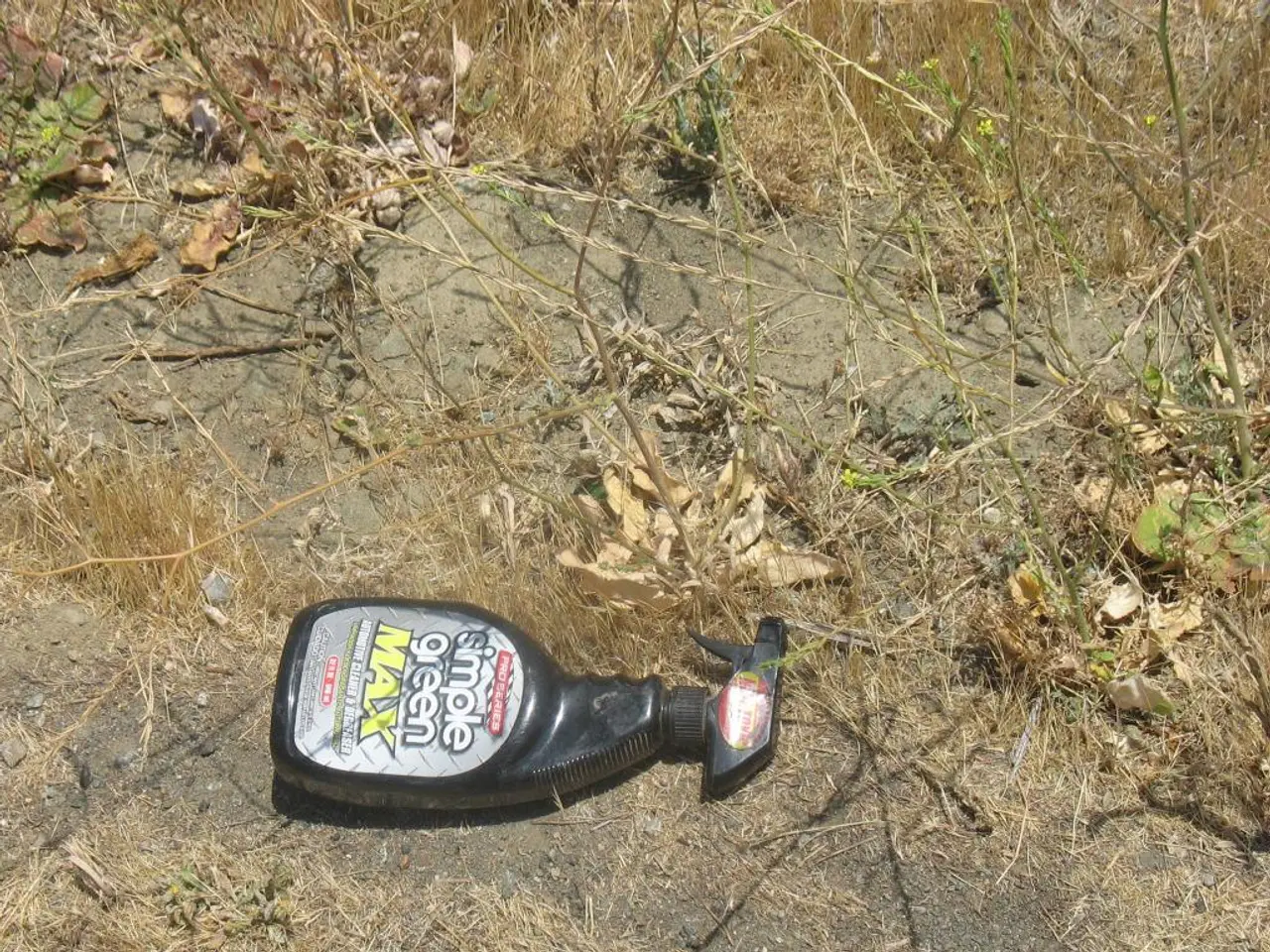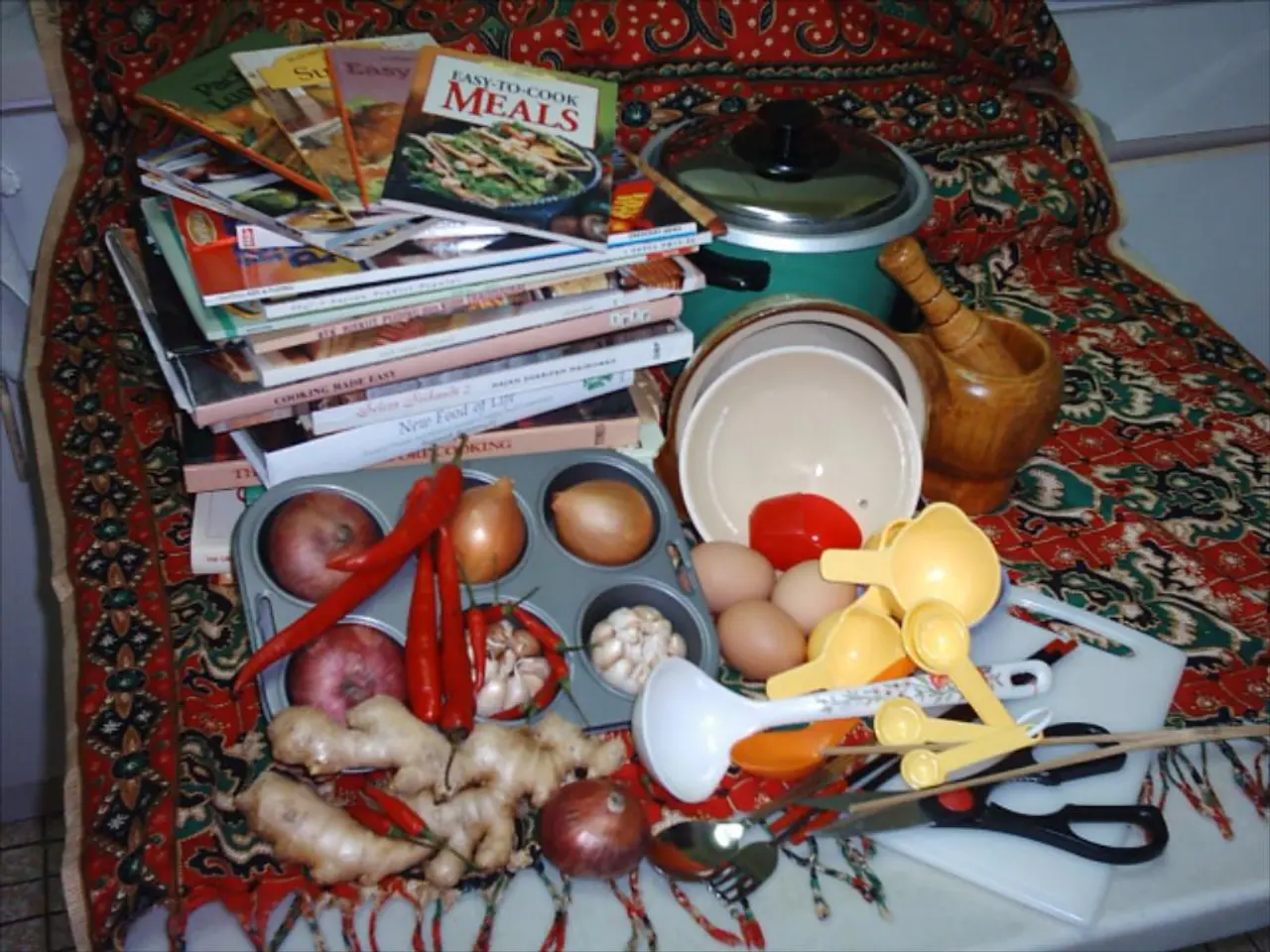Ideal Ground and Climate Parameters for Potato Cultivation
Potatoes, a staple food in many households, can be successfully grown at home with the right conditions. Here are some guidelines to help ensure a healthy growth and a bountiful potato harvest.
Soil Conditions -----------------
Potatoes thrive best in well-drained, fertile soil with a loamy or sandy-loam texture. It is essential to remove stones and roots from the soil to create a friable, deep bed, ideal for tuber development. The soil should have a slightly acidic pH, ranging between 5.5 and 6.5. Adding compost or organic matter into the soil in the fall before planting improves fertility.
Temperature Ranges --------------------
The ideal soil temperature for planting potatoes is between 45º to 55ºF (7° to 13°C). During the tuber formation phase, potatoes prefer cool temperatures ranging from 15°C to 25°C (59°F to 77°F). Potatoes can tolerate early spring temperatures but require cool conditions for optimal tuber growth.
Sunlight Requirements ----------------------
Potatoes need to be planted in full sun, receiving at least 6 hours of direct sunlight each day. Maintaining even soil moisture and “hilling” soil around the base of the plants as they grow helps encourage tuber production and protect potatoes from sunlight exposure, which can cause greening and make them inedible.
Additional Tips ---------------
Practice crop rotation to avoid diseases by not planting potatoes in the same spot year after year. Keep the soil evenly moist, watering thoroughly once or twice a week. Cover developing potatoes with soil to keep them from turning green due to sunlight exposure.
In warmer climates, potatoes may require partial shade during the hottest part of the day to prevent poor growth and small tubers. Potatoes grown in full sun are at risk of turning green and bitter, so they can be grown in containers or provided with shade in hot climates.
Techniques such as covering the ground with plastic or using raised rows or beds can be used to achieve the ideal soil temperature for planting.
By following these guidelines, you can grow healthy potatoes and enjoy a bountiful harvest. Happy gardening!
[1] Gardening Techniques for Soil Drainage [2] Understanding Soil Conditions for Potatoes [3] Temperature Ranges for Growing Potatoes [4] Sunlight Requirements for Potatoes [5] Additional Tips for Growing Potatoes [6] Avoiding Diseases through Crop Rotation [7] Watering and Soil Moisture for Potatoes [8] Preventing Greening in Potatoes [9] Adapting to Warm Climates for Potato Growth [10] Techniques for Achieving Ideal Soil Temperature for Planting Potatoes
[1] To create the perfect environment for potatoes, consider incorporating gardening techniques for soil drainage to maintain a well-drained, fertile soil with a loamy or sandy-loam texture.
[2] For a successful potato harvest, it's essential to understand the home-and-garden essentials such as soil conditions, especially the need for slightly acidic pH levels (ranging between 5.5 and 6.5), and the benefits of adding compost or organic matter to improve soil fertility.
